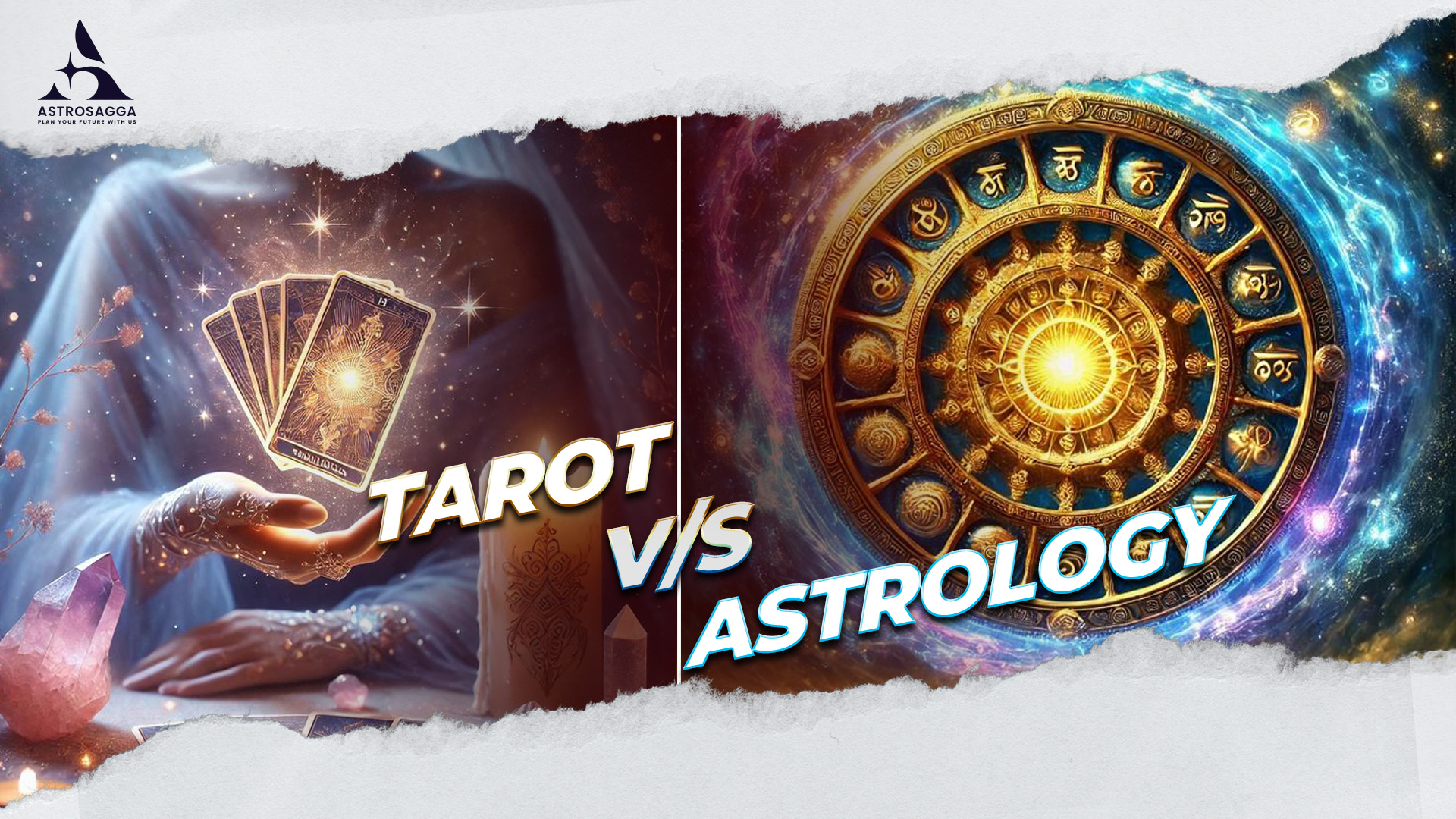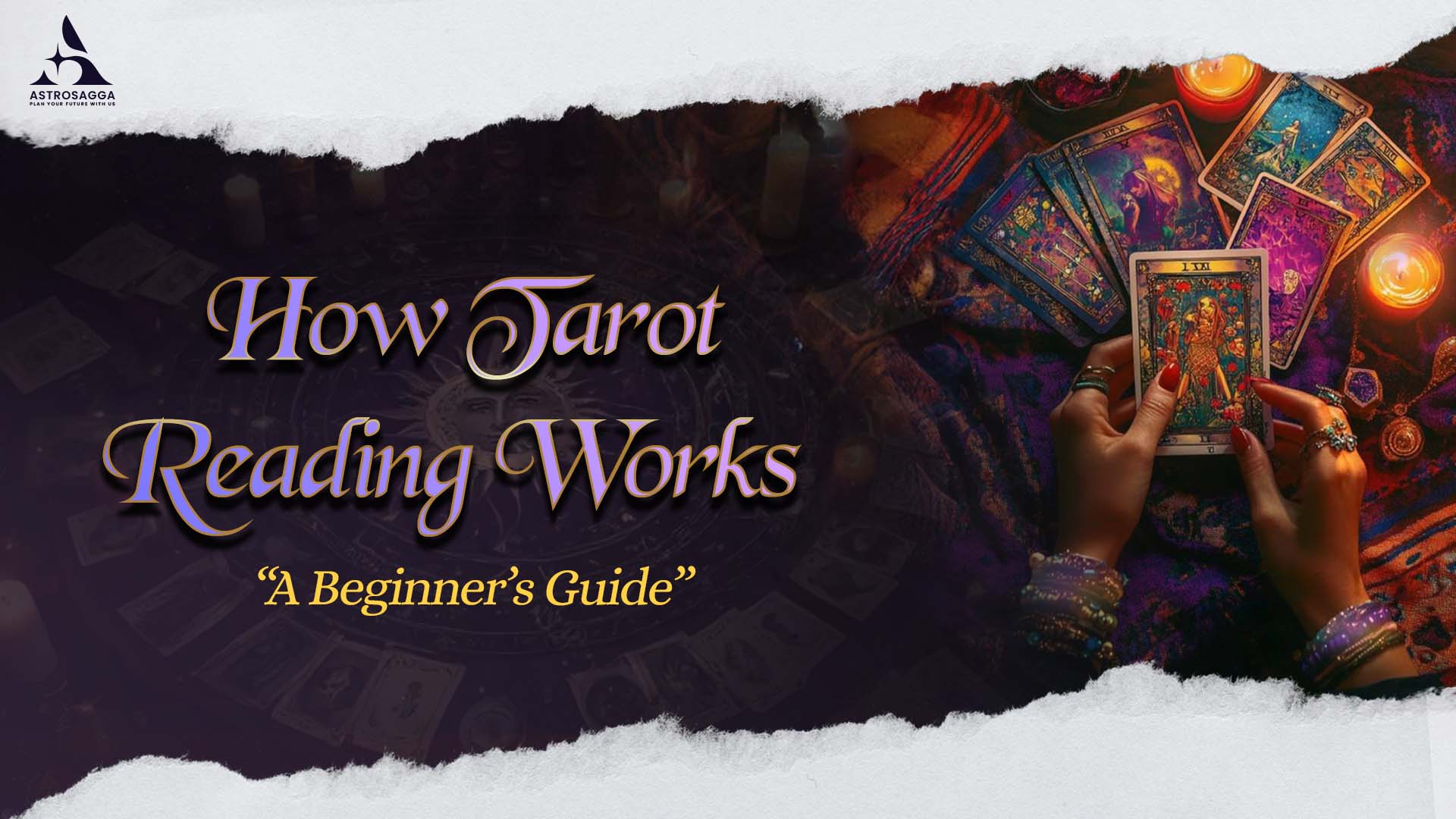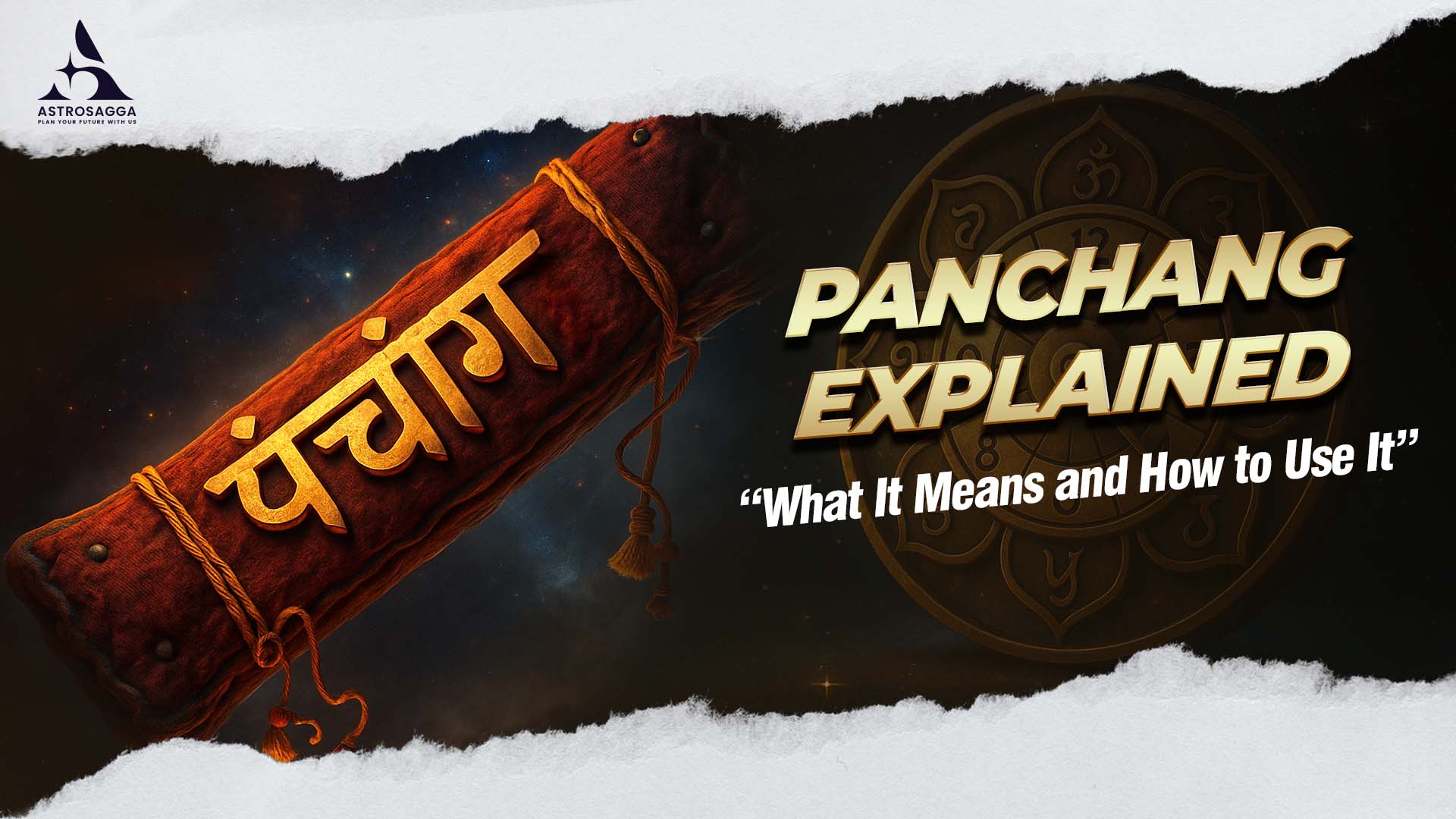Makar Sankranti Muhurat - 09:03 am to 06:02 pm
Why Celebrate Makar Sankranti Festival
Makar Sankranti Puja Vidhi
Significance of Makar Sankranti
Astrological Significance of Makar Sankranti
Makar Sankranti Muhurat 2025Start Time: 09:03 amEnd Time: 06:02 pm
Why Celebrate Makar Sankranti Festival?
Makar Sankranti is one of the most auspicious Hindu festivals, celebrated with great enthusiasm and fervor across India. Falling on January 15, 2025, this festival marks the transition of the Sun into the zodiac sign of Capricorn (Makara) and the beginning of longer days.
This solar event is a significant turning point, symbolizing prosperity, positivity, and new beginnings. The festival is a harvest celebration, where people express gratitude to nature for abundant crops and invoke blessings for a bountiful year ahead.
Read Also - Maha Kumbh Mela 2025: Date, Meaning, and Significance
Significance of Makar Sankranti
1. Cultural Significance
Makar Sankranti is celebrated differently in various regions of India. From kite flying in Gujarat to Pongal in Tamil Nadu, each tradition adds a unique flavor to this festival. It’s a time to unite with loved ones, exchange sweets made of sesame (til) and jaggery (gur), and participate in communal activities.
2. Harvest Festival
As a harvest festival, Makar Sankranti is deeply rooted in the agricultural traditions of India. It marks the end of the winter solstice and the arrival of spring, a period crucial for farmers. Harvested crops are offered to the deities, expressing gratitude for nature’s bounty.
3. Spiritual Importance
Spiritually, Makar Sankranti is considered an ideal day for charitable deeds. People take holy dips in sacred rivers like the Ganges, Yamuna, and Godavari to cleanse their sins and seek divine blessings. It’s a time for introspection, self-improvement, and reconnecting with spiritual values.
Astrological Significance of Makar Sankranti
Makar Sankranti holds immense astrological importance as it signifies the Sun’s entry into Capricorn. According to Vedic astrology:
Transition of the Sun: The Sun’s movement into Capricorn marks the start of the Uttarayana phase, a six-month auspicious period.
Influence on Zodiacs: This transit brings positive energy, prosperity, and opportunities for growth, particularly for zodiac signs ruled by Saturn and the Sun.
Planetary Alignment: The alignment during this period is considered favorable for initiating new ventures, performing religious rituals, and seeking success in personal and professional endeavors.
Makar Sankranti Puja Vidhi
To make the most of this auspicious day, follow these steps for performing Makar Sankranti Puja:
Step 1: Preparation
Wake up early and take a holy bath, preferably in a sacred river or at home using water mixed with Ganga jal.
Wear clean and traditional attire.
Step 2: Set Up the Puja Altar
Place a clean cloth on a flat surface and arrange idols or pictures of Lord Surya (Sun God) and other deities.
Decorate the altar with flowers, incense sticks, and lamps.
Step 3: Offerings
Prepare prasad using sesame seeds, jaggery, rice, and milk.
Offer fruits, sweets, and freshly harvested grains to the deities.
Step 4: Mantras and Prayers
Chant the Surya Gayatri Mantra or other hymns dedicated to the Sun God.
Perform arati and seek blessings for health, wealth, and prosperity.
Step 5: Charity
Donate essentials like food, clothes, and money to the underprivileged. Charity performed on Makar Sankranti is believed to multiply blessings.
Regional Celebrations of Makar Sankranti
1. Kite Festival in Gujarat
The skies of Gujarat light up with colorful kites, symbolizing freedom and joy. The International Kite Festival in Ahmedabad is a major attraction during this time.
2. Pongal in Tamil Nadu
In Tamil Nadu, Makar Sankranti is celebrated as Pongal, a four-day festival that includes rituals like Bhogi, Thai Pongal, Mattu Pongal, and Kaanum Pongal.
3. Lohri in Punjab
Lohri, celebrated a day before Makar Sankranti, involves bonfires, traditional songs, and dance to mark the end of the winter season.
4. Bhogali Bihu in Assam
Assamese communities celebrate Bhogali Bihu with feasts, traditional games, and bonfires, highlighting the spirit of gratitude and togetherness.
5. Poush Sankranti in Bengal
West Bengal celebrates Poush Sankranti with rice pudding (payesh), coconut sweets, and other delicacies, offering them as prasad to deities.
Makar Sankranti 2025: Rituals and Traditions
Holy Dips
Taking a dip in sacred rivers during Makar Sankranti is believed to cleanse sins and pave the way for spiritual enlightenment. Popular pilgrimage sites include:
Prayagraj (Allahabad)
Haridwar
Varanasi
Feasting and Sharing
Food plays a vital role in Makar Sankranti celebrations. Traditional dishes like til-gur laddoos, khichdi, and pongal are prepared and shared with family and friends.
Kite Flying
Kite flying is a symbolic ritual, representing the elevation of the soul toward divinity. It also serves as a recreational activity, fostering community bonding.
Tips to Celebrate Makar Sankranti 2025
Eco-Friendly Celebrations: Use biodegradable materials for kites and decorations.
Involve Kids: Teach children the cultural and spiritual significance of the festival.
Charity and Giving: Extend a helping hand to those in need, embodying the spirit of Sankranti.
Healthy Feasts: Incorporate traditional recipes with a healthy twist.
Conclusion
Makar Sankranti 2025 is not just a festival; it’s a celebration of gratitude, unity, and spiritual awakening. Whether it’s the astrological significance, cultural traditions, or the joy of sharing, this festival offers something for everyone. Embrace the positivity of Makar Sankranti and make this day memorable by honoring the Sun God, indulging in festivities, and spreading kindness.
Let’s welcome the Uttarayana phase with hope, happiness, and harmony!

Talk to astrologers on the AstroSagga App! Get the best solutions for your problems with easy guidance and remedies. Download now and find answers to your questions!












